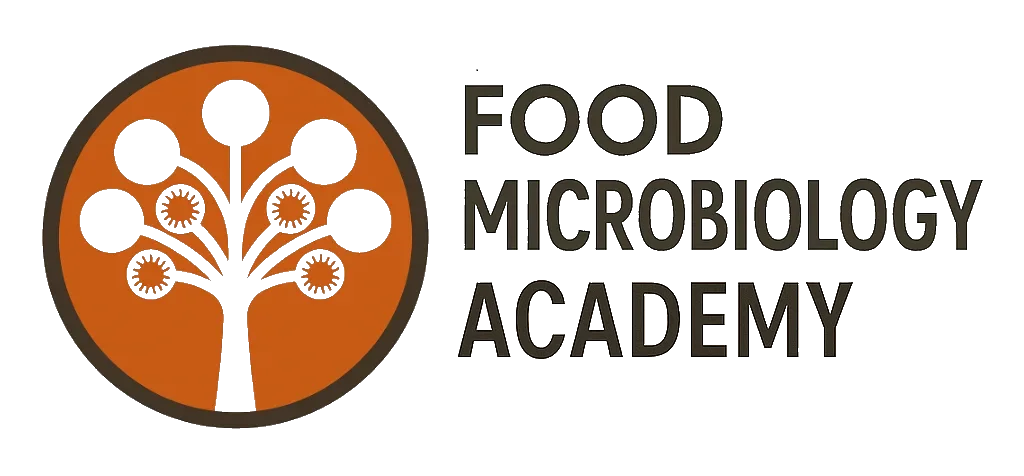This post was originally published on 26 October 2016 on a previous blog of mine, Agrifood Research Central. Here we have a slight revision and a republishing.
We all have the right to access food that is safe to eat – but is that all there is to the story? How proactive are we in ensuring the safety of food that we handle ourselves? Once upon a time, the food manufacturing industry was rife with unsafe practices, resulting in substances, today known as toxic, added intentionally to food to serve various purposes. This was 19th century England where various copper, lead and mercury compounds, for example, would be added.
Today, in many countries, strict regulations govern food production and manufacturing in addition to food service, and thus the likelihood of acquiring a foodborne disease outside of the home is remote. Food manufacturing operations apply a quality assurance type of approach, through the Hazard Analysis Critical Control Points (HACCP) concept (Figure 1) which maintains very strict conditions of safe manufacture according to local and international standards. From a purely business perspective, it can be devastating indeed to a food manufacturing business to have recalled products due to a safety issue or worse, have consumer morbidity or mortality. Such a situation could collapse a business and be so severe that it cannot rise from such a crippling effect of consumer mistrust. Therefore, food companies are extremely strict in how they conduct their manufacturing operations and in their adherence to the Food Standards Code, or international equivalent.
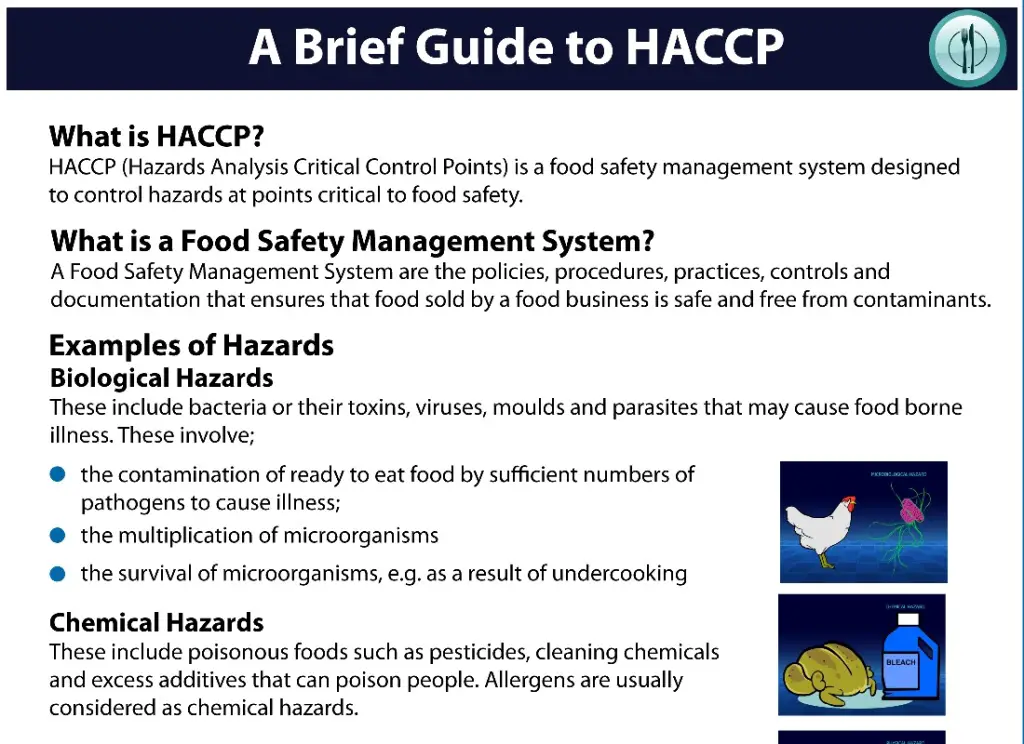
Increasingly, the largest danger with regard to food safety, is right in our own kitchen, where many dangers lurk. These pathogenic (disease-causing) microorganisms are waiting to inflict illness on us and our families if you do not exercise the appropriate food safety precautions. For example, the temperature danger zone (Figure 2) and cross contamination (Figure 3) are critical concepts that domestic food handlers must be mindful of, so as to ensure foodborne disease risks are kept at an absolute minimum. People generally know that meat poses the highest foodborne disease risks, but how many people know that rice poses a similar risk? It is not uncommon for people to pack rice meals for lunch and keep them at room temperature from the time they leave home in the morning until lunchtime – that is taking a huge risk, as even small numbers of pathogenic microorganisms could reach extreme numbers by the middle of the day, if the food is kept in the temperature ‘danger zone’.
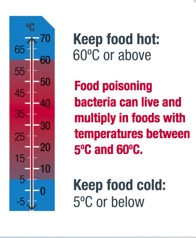
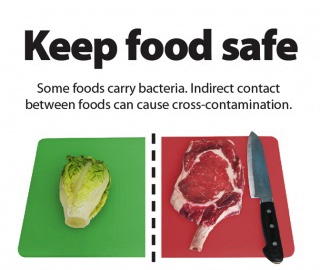
How about the ‘five second rule”? Another food safety myth – microorganisms are everywhere and going to attach to food in an instant, they have no concept of time and waiting for five seconds before they ‘latch’ on to a piece of fallen food! Check out my video below to understand more:
Another area of food safety where there is much discussion and debate is food additives. Are they bad? Are they ok? Can we trust the government in our own country to regulate their use? Why are some banned in some countries but not in others? One aspect is certain – food manufacturers only put into food what we want in our food. Then you might say, “Hey, I don’t want this additive and that additive with all those E numbers and long names I can’t pronounce!” Sure, you might not want a particular additive in your food, but do you know what that additive does? Are you prepared to make a sacrifice for giving up that additive? You might be thinking, “Come on, these food companies are just piling in the additives to cover something up or to somehow increase their profits”. Well consider this – the reason you can buy a jam with consistent texture each time is the pectin that is added. If you are a home jam maker, you’ll appreciate the benefit of using pectin to ensure a consistently gelling product each time, after all, who wants runny jam (Figure 4) that is going to flow right off your toast as soon as you pick it up! Maybe you’re not concerned about pectin, a plant-based gelling agent found in the skins of fruits, but say, red food colouring. Well, ok, eliminate the red food dye – then, would you or your children really drink strawberry flavoured milk that is white? This is just one example, but it shows the various characteristics of food and drink we have come to expect. Food additives are used in everything from shelf-life extension to giving food the colour we expect, the flavour we expect and appropriate textures too – in short, we can’t do without them with our current range of foods. However, if we are willing to change our expectations on quality, lower our expectations on consistency and in fact change our perception of what is “normal” for a given food product, then we could eliminate food additives. As stated earlier, food companies give us what we want because they need to make money by selling us something that we are going to buy. If we don’t like something in a product, then buy an alternative. If no alternative exists, then make your own and maybe, they could be a market out there to up-scale your home innovation to industrial scale. If enough people stop buying a product, then the food company will have no choice but to drop that line, it is that simple. They cannot continue producing an item that is not popular, and therefore profitable.
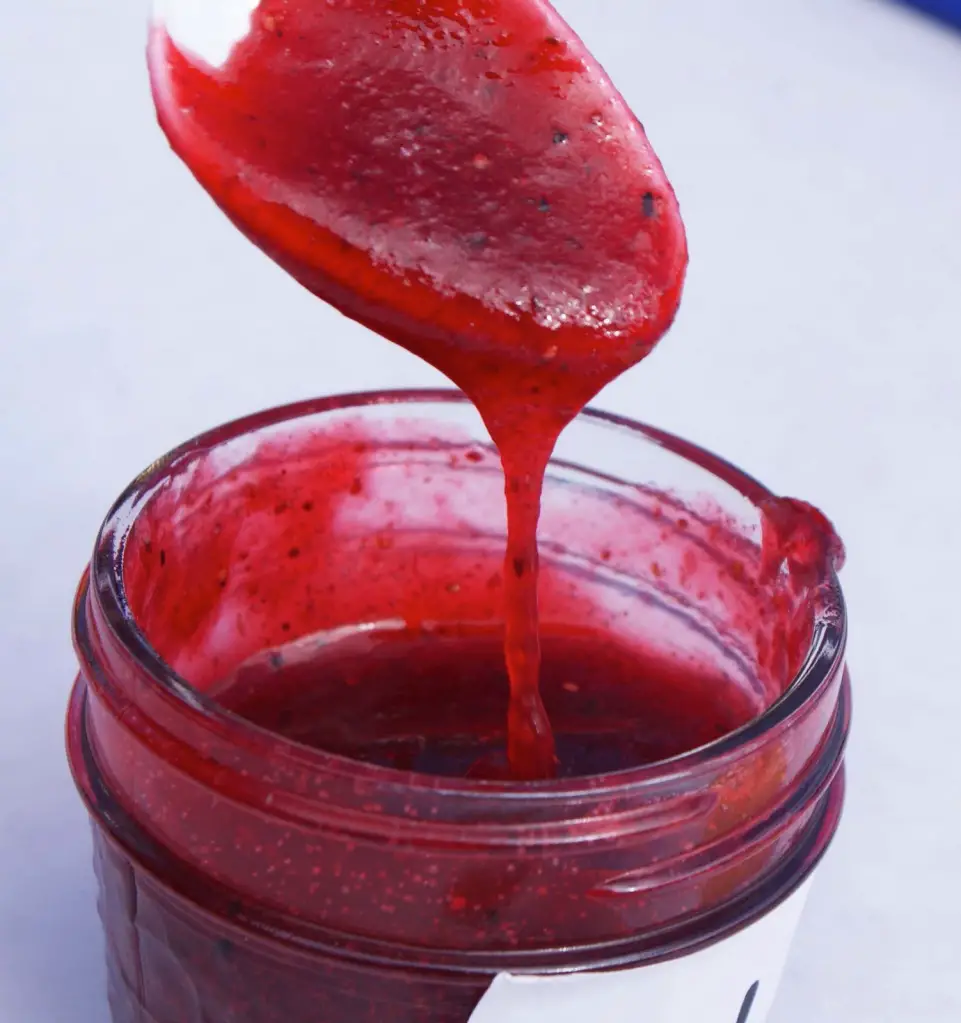
There are many facets to food safety, however, one thing is clear – by and large, we are in control of the safety of the foods we consume. The domestic kitchen tends to be less safe than commercial kitchens, so please be mindful during food preparation and cleaning at home. Manufactured food products may legally contain some ingredients that we are not too keen on. However, from a safety point of view all additives are fine for the general population and it is really only particular minority groups that need to keep tabs on what they consume.

